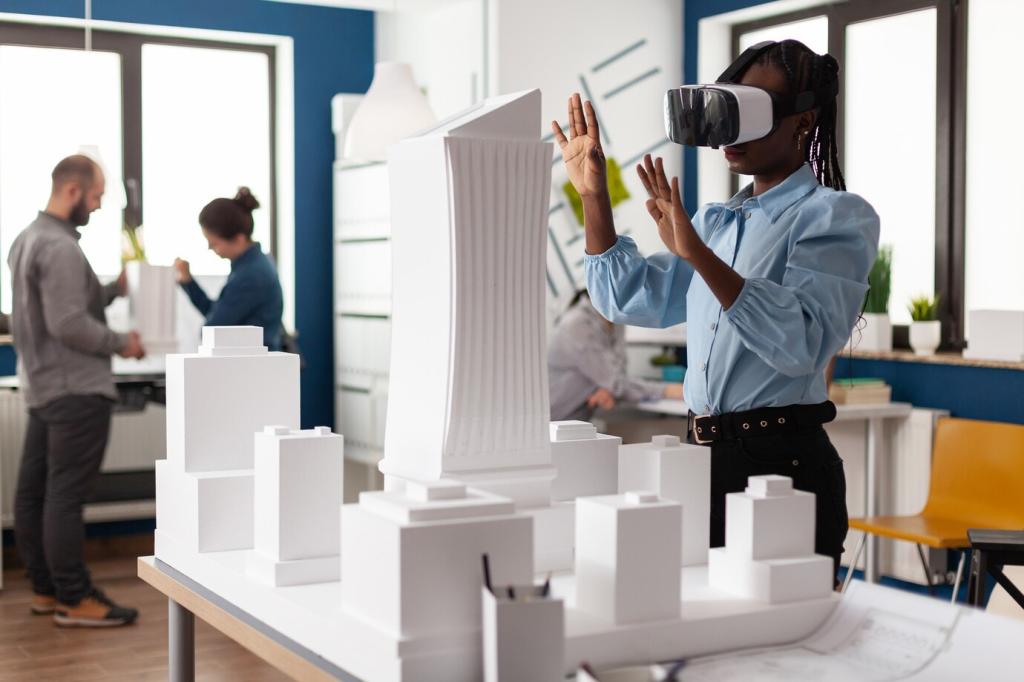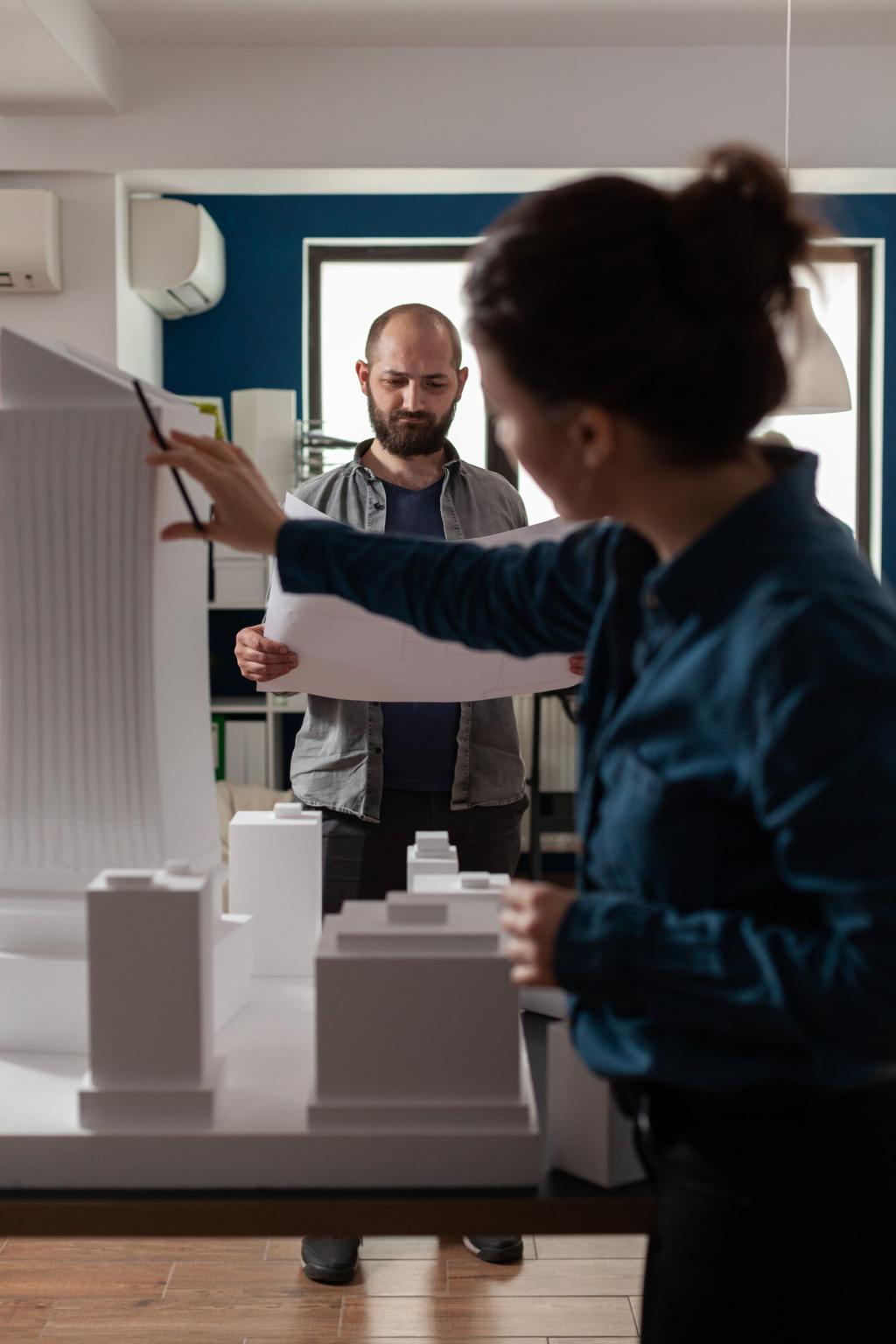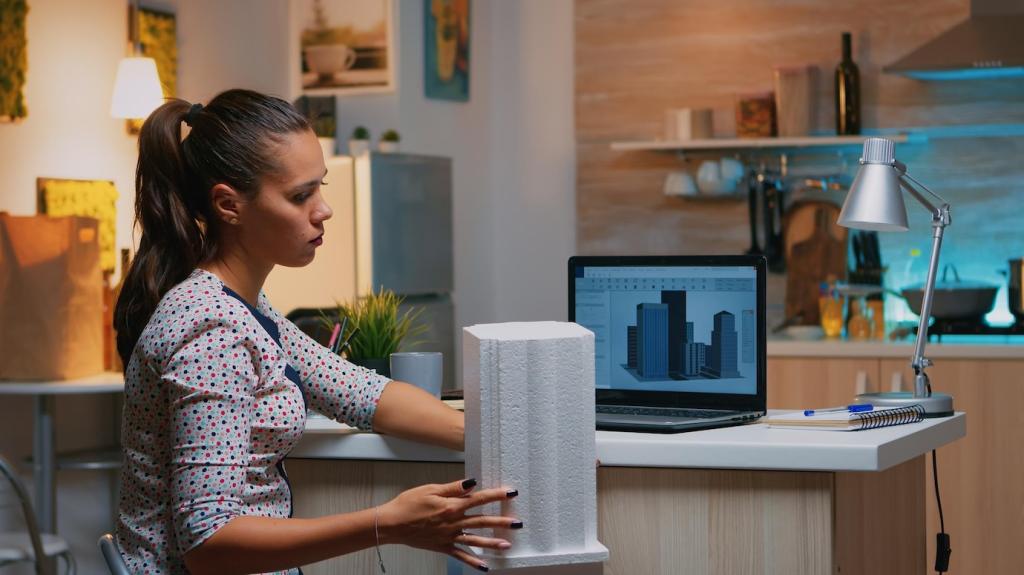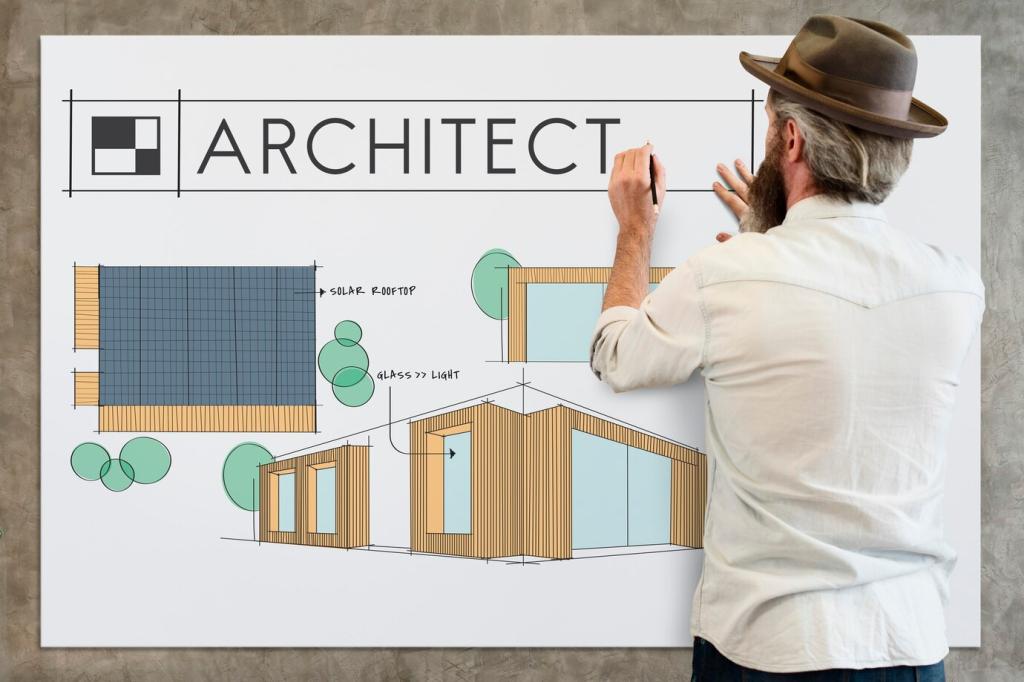Parametric Foundations that Guard Intent
Horizontal, vertical, concentric, and equal constraints remove ambiguity while enabling controlled flexibility. By fully defining sketches and eliminating fragile references, your model adapts predictably, maintaining accuracy as dimensions shift and new features are added.
Parametric Foundations that Guard Intent
Use measured supplier specs, material certificates, and test results to drive key dimensions. When numbers come from verified sources, updates cascade through the feature tree, ensuring accuracy without manual edits that invite drift and human error.





